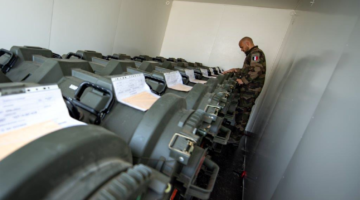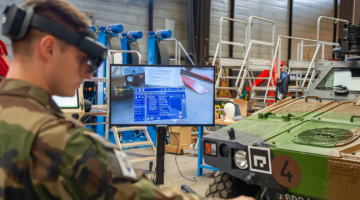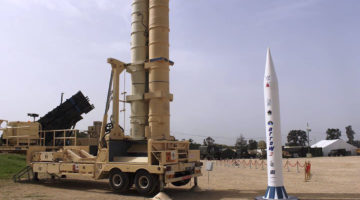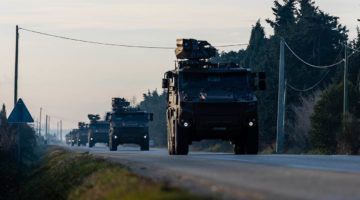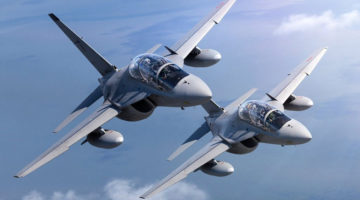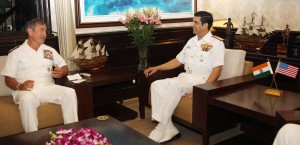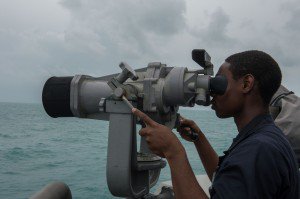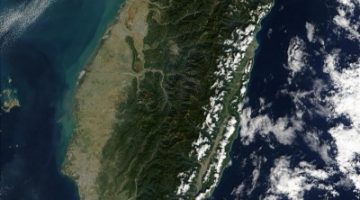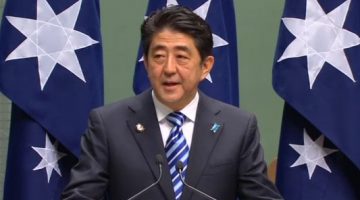By Gulshan Luthra – The US Pacific Fleet Commander Talks About India During his Visit – According to Admiral Harry Harris Jr., Commander of the US Pacific Fleet (PACFLT), the US Navy has a Congressional mandate to keep 11 aircraft carriers, and six of these should be in the two oceans along with some 200 ships by 2020.
The first of the three new generation Gerald R Ford class aircraft carriers, will also be deployed by then although it will be stationed around the US coast.
The US Navy plans to have a total of 300 ships worldwide by 2020.
Notably, the four-star Admiral is due to be elevated shortly as Commander in Chief of the Pacific Command (PACOM).
Admiral Harris, who was in New Delhi to discuss Indo-US naval cooperation with Naval Chief Admiral Dhowan, observed that cooperation between India, US and other major powers like Japan and Australia was imperative for peace and stability in the Asia Pacific.
The US was looking forward to a pivotal role by India, he reminded by reiterating what former US Defense Secretary Leon Panetta had said in New Delhi in 2012 while elaborating the US Rebalancing strategy.
India, he had stressed then – while addressing the capital’s strategic community at the Institute for Defence Studies and Analyses (IDSA) – would have to play a key role in Indian Ocean’s stability.
Admiral Harris said that the US had no problem with Chinese ships visiting the Indian Ocean or elsewhere but China should not block ships from other countries visiting the free waters of South China Sea. Chinese actions like reclaiming land in the area were not acceptable.
Significantly, ASEAN countries, particularly maritime neighbors of China, have already condemned Chinese claims and assertions in this regard, although India has observed that border disputes should be mutually resolved between neighbors concerned.
As for the US, Adm Harris was categorical that the US does not recognize Chinese claims in South China Sea.
US ships and aircraft go wherever they have to, and all the time, he pointedly told India Strategic on the sidelines of an interaction at the National Maritime Foundation (NMF), the Indian Navy’s think tank March 3.
“China has a right to operate in the Indian Ocean as much as India has a right to operate in the South China Sea,” he said.
Admiral Harris observed that a strong, prosperous China that follows international norms would be good for the world.
But China’s lack of transparency in general and assertiveness create ripples of unacceptable discomfort.
As for Indo-US naval exercises, he said that the Defence Technology Transfer Initiative (DTTI) and other arrangements offered ample scope to grow.
The Malabar series of exercises had yielded positive results for both the US and Indian Navies, and it was time to expand and increase their levels by involving Japan and Australia.
There were still some unresolved issues like Logistics Support Agreement (LSA) and Communications Interoperability and Security Memorandum of Agreement (CISMOA) but given the increasing diplomatic proximity at the highest levels, military interaction between India and the US is bound to grow, the Admiral said.
The two countries also hold Army and Air Force exercises periodically.
Notably, according to a US Navy statement, it has had its presence in the two oceans for a century and a half.
The Admiral’s statement made it clear that an assertive and a non-transparent China is not going to make the US Navy shy away, notwithstanding the rapidly growing Chinese naval presence in both the Pacific and Indian Oceans.
According to some estimates, China could have about 70 nuclear and diesel attack submarines in the Asia Pacific over the next few years, and some 20 or 30 more supplied by it to friendly countries like Pakistan under cooperative or proxy arrangements.
The Admiral declined to answer a question on the importance of China’s presence in Pakistan’s Gwadar port near the strategic Strait of Hormuz.
Notably, the Admiral had told the US Congress in a recent briefing over his new appointment that an assertive China will be a major threat in the Asia-Pacific region.
“China’s rise as a regional military and global economic power, and in particular, its rapid military modernization and assertive behavior toward regional neighbors present opportunities and challenges that must be managed effectively. This is our most enduring challenge.”
In a light-hearted remark, the Admiral told newsmen that his area of responsibility to maintain peace and stability extended from waters off Hollywood US West Coast) to Bollywood (India’s west Coast).
It is worth recalling here the official position of the US Government on global maritime presence as stated by Secretary Navy in the Pentagon, Mr Ray Mabus:
America’s Sea Services – the U.S. Navy, Marine Corps, and Coast Guard – uniquely provide presence around the globe. During peacetime and times of conflict, across the full spectrum – from supporting an ally with humanitarian assistance or disaster relief to deterring or defeating an adversary in kinetic action….
This (necessarily) has affirmed our focus on providing presence around the world in order to ensure stability, build on our relationships with allies and partners, prevent wars, and provide our Nation’s leaders with options in times of crisis. It has confirmed our continued commitment to maintain the combat power necessary to deter potential adversaries and to fight and win when required.”
Republished with permission of our partner India Strategic:

